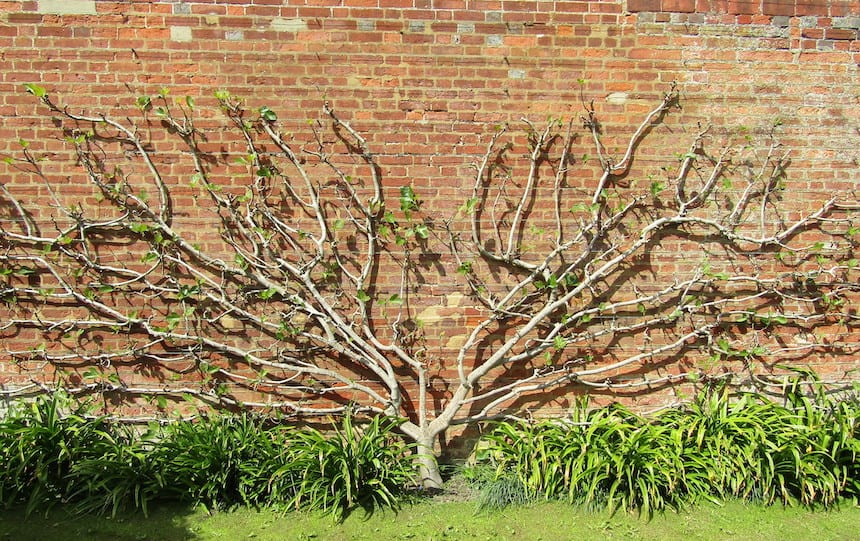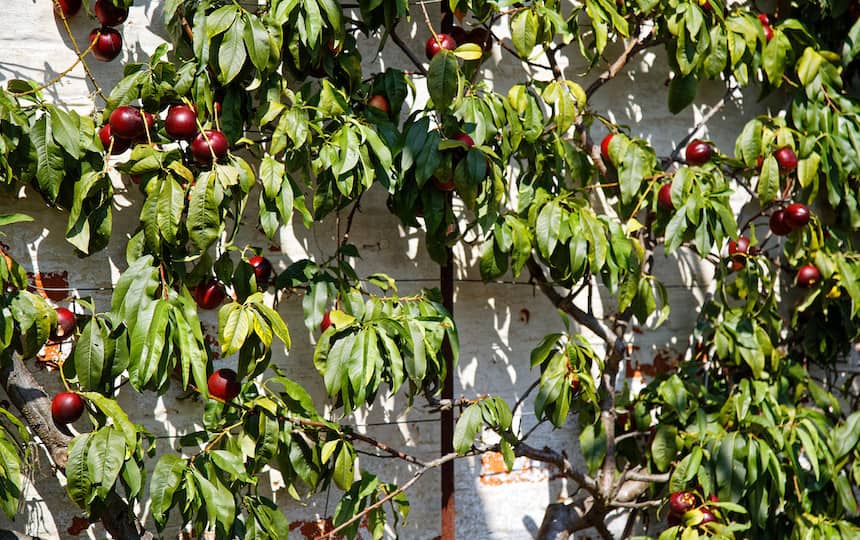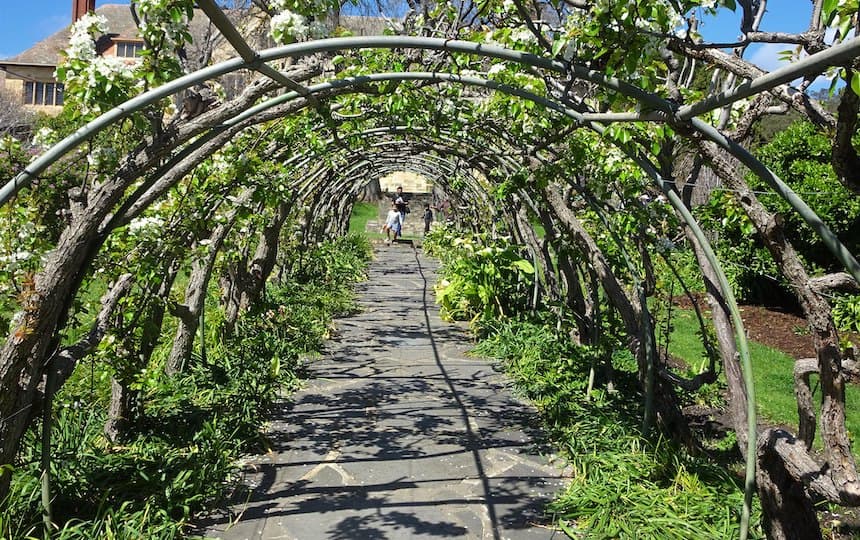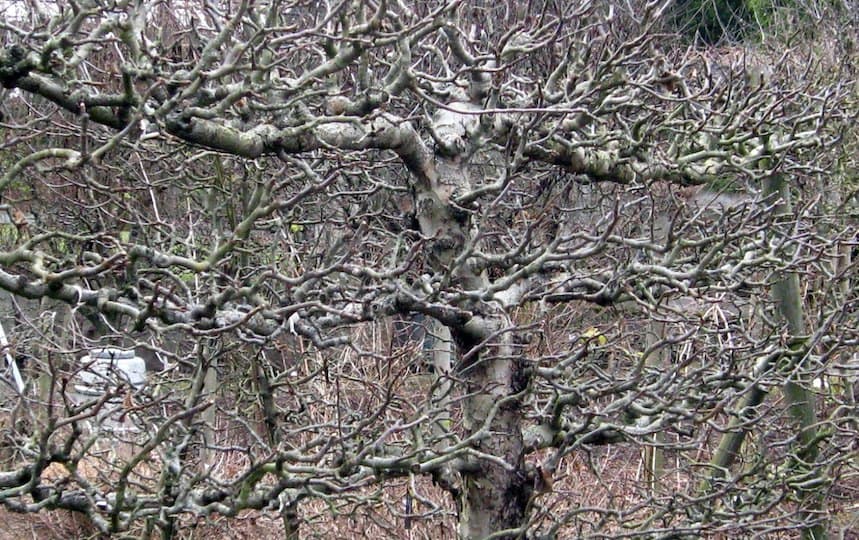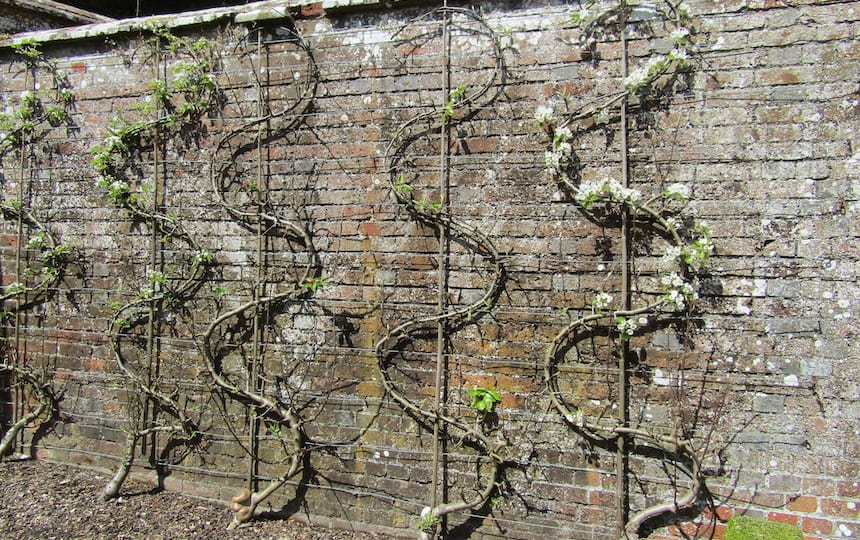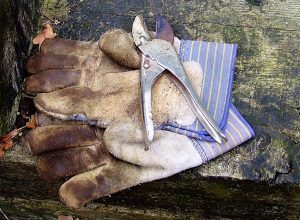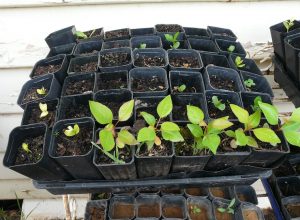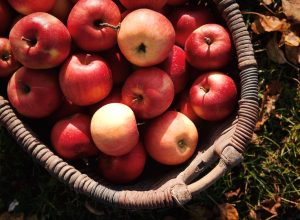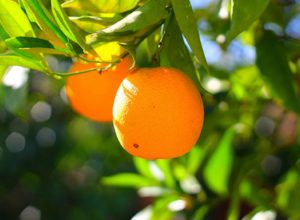Learn how to espalier fruit trees with our simple guide. We’ll show you the basics and explain why you might want to practice this ancient technique.
What is espalier?
Espalier is an ancient pruning technique, thought to have been invented by the Romans. The word is French, but comes from the Italian spalla which means shoulder. So literally, the term refers to a “shoulder rest” for your trees. Espaliered trees are trained against this trellis in a (usually) flat plane.
Why espalier?
Espalier is most commonly used as a space saving technique to grow fruit trees where you don’t have room to grow a full blown vase-shaped tree. But, it can also be used as a decorative feature of a garden, to create edible fences or hedges or a beautiful arbor.
Commercial orchards also utilise espalier. This is because a formal espalier can make harvesting fruit easier, and allows good sunlight and airflow for optimum fruit growth.
How to espalier fruit trees
Espaliering is not difficult, but it does take some preparation.
Decide first if you would like a formal or informal structure. Formal structures (such as a cordon or candelabra) are more suitable for spur bearing apples and pears. Apricots, plums, medlars and quinces are all fairly adaptable to more rigid structures too.
There are dozens of espalier designs out there, so factor in which will suit your purposes: decoration, fruit production, fencing.
Fig, cherry or persimmon are all less common espalier subjects, but a fan shape is more likely to produce good results. You can espalier peaches and nectarines, but it’s worth noting this can be rather tricky.
Because they bear on one-year-old wood only you will need to keep stimulating new laterals from the “mother” trunk to ensure fruiting. Which can play havoc with a formal structure like a cordon.
Informal structures can be tried with any tree, but as with all espalier, you’re likely to get best results with apples and pears. Informal espalier are often a free-form sculptural diversion from a fan shape. And you can make them up as you go along.
Once you’ve decided on your position, shape and species, set up your “shoulder rest” for your trees.
Set horizontal wires spaced at 30cm to the height you plant to train your tree. Each wire represents a year in the pruning life of your tree. So for the first year you will train branches against the lowest wire.
In the second year you will train branches against the second wire, and so on and so forth until you have your desired structure from which you can maintain fruiting wood or spurs.

